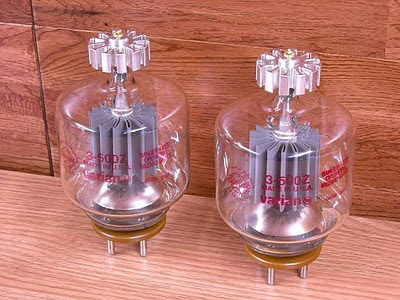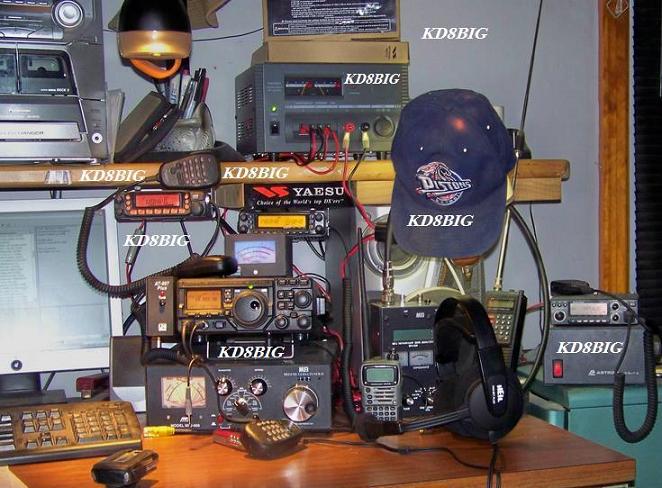I know that the local emergency communications groups are investing into this technology via grants from HLS. Anyway, It looks like Yahoo Groups hold more credibility than most realize.
Icom America scraps D-STAR forums
Icom America have announced the closing of their D-STAR forums due to the popularity of email reflectors
They have posted this message at http://www.icomamerica.com/support/forums/
"Due to the popularity of the YAHOO! D-STAR Groups and the low activity levels within the Icom America D-STAR forums, it has been made to close the Icom America D-STAR forums".
Modern web tools make forums easy to set up and many Radio Amateurs have done so, unfortunately most of them are rarely used.
Postings on email reflectors such as Yahoo and Google groups go directly into peoples Inbox and so are read by many more people which in turn generates more postings in reply.
These are a few of the D-STAR email reflectors that are available:
dstarsoftware
http://groups.yahoo.com/group/dstarsoftware
gmsk_dv_node
http://groups.yahoo.com/group/gmsk_dv_node
dstar_digital
http://groups.yahoo.com/group/dstar_digital
DVDongle
http://groups.yahoo.com/group/DVDongle
D-STAR_23cm
http://groups.yahoo.com/group/D-STAR_23cm
dstar_development
http://groups.yahoo.com/group/dstar_development




















